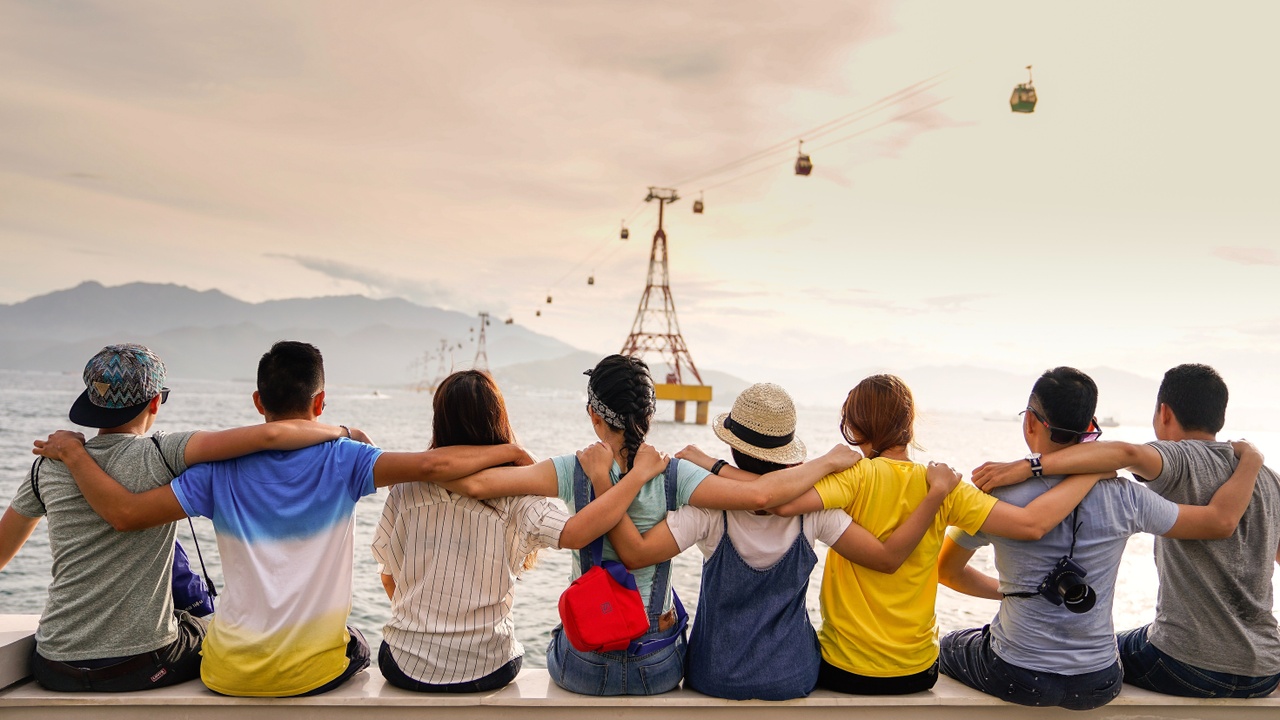On Personal Connection
Jul 21, 2016
Technology is Amazing But It’s Not the Same as Personal, Face-to-Face Connection
Technology is transforming our lives. In a moment’s notice, we can summon a ride, skype a friend continents away or upload our health data to a physician for immediate feedback. Now, we even have tens of millions of people playing Pokémon Go across the globe!
However, for all its amazing benefits, it does not provide in person, face-to-face connection. And it turns out that it matters. It matters a lot.
Personal Connection is At Least as Important as Your Diet
In The Village Effect: Why Face-to-Face Contact Matters, Susan Pinker outlines the significant impact of face-to-face personal connection, such a connection that Facebook or Skype can’t provide. She notes in her book that “the connection between social involvement and robust physical and mental health is no fluke, and that the benefits of regular social contact are at least as powerful as regular exercise and a healthy diet.” Further, there are literally physiological changes that personal connection creates. In response to physical ailments, the right kind of social contact instructs the body to secrete more endogenous opiates, which act as local painkillers, and fewer hormones such as adrenaline, noradrenaline, and corticosterioids – the body’s often destructive answer to immediate stressors – which can affect our physical resilience.
Social connection can make a big difference for those warding off disease, such as cancer. Testing for the impact of social connection versus social isolation, researchers have found that female rats that live in groups are 84 times less likely as their socially isolated kin to develop breast cancer tumors. Among humans, socially isolated women are 66% percent more likely to die of breast cancer than women who had at least ten friends they could count.
The Surprising Impact of Your Social Network
One’s social network also has a surprisingly profound indirect impact. In fact, the habits of your social network can be contagious. Using data from the Framingham Heart Study, researchers have found that health problems such as obesity and alcoholism seem to travel from person to person within identifiable cliques. In other words, becoming obese can be contagious within real social networks, much the way a bad cold gets passed along at a dinner party.
There’s an important flip side, of course. The right socializing with the right friends can help you ward off loneliness and chronic illness. My brother-in-law, Dr. Henry Cloud, recently released his now New York Times best-selling book, The Power of the Other, which highlights many of the attributes of positive social connection that help lead to peak performance and high-levels of well-being.
At the Same Time, Isolation is Becoming More Prevalent
Harvard sociologist Robert Putnam, through his seminal work Bowling Alone in 2000, has been a vocal thought leader to highlight the emerging issue of social isolation. Today, 32 million Americans live alone, a figure that has risen every decade since the early 20th century. There are an additional 30 million people who may not live alone but characterize themselves as socially isolated and they are not happy about it.
Lessons from Blue Zones
The good news is that there are successful lessons to be learned elsewhere in the world. One such example is Sardinia’s Nuoro province which is considered a Blue Zone, a demographic and geographic area where people live measurably longer lines. Here, people benefit from rich multigenerational interactions and are part of a cultural expectation to pursue “reciprocal altruism”. Indeed, Harvard researchers have shown that people can live longer if they choose to live with a group of like-minded people creating, in effect, a village.
Opportunity to Create Communities, Not Buildings
All of this adds up to an enormous opportunity to create social capital within our built environments. On the surface, many apartment buildings and condominiums can be seen strictly as sticks and bricks. However, conceived and positioned differently, these environments can be thriving communities where positive social connection is fostered and nurtured.
Connection – personal, face-to-face connection – is one of the three core principles of Smart Living 360. We have designed common spaces to facilitate interaction, we host events to bring people together and our Lifestyle Ambassador makes special efforts to connect like-minded people. At our recently opened community, The Stories at Congressional Plaza, we are seeing the impact of this connection. One of our older residents, who has no immediate family in the area, has forged a friendship with a pre-teen whose family has recently relocated from California. Another resident hosts a monthly craft night where people in and outside of The Stories are invited to participate in making crafts through knitting, etc. Building of social capital is in progress.
Although technology will undoubtedly create unbelievable advances, we must never forget the irreplaceable importance of in-person face-to-face connections and recognize the opportunity to cultivate social capital through our physical environments.
Take the Right Place, Right Time Assessment
Are you in the right place for right now? This quick assessment will reveal opportunities to improve your life.
Subscribe to The Blog
We hate SPAM. We will never sell your information, for any reason.

